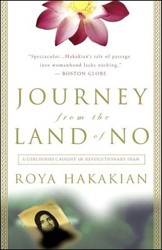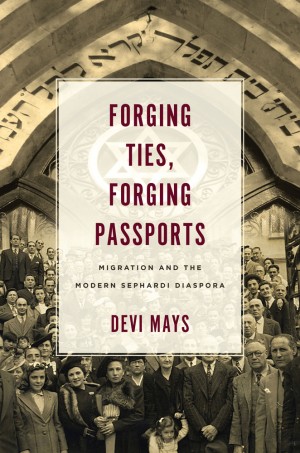Interview
By Nicole Azulay
At a young age, Angella M. Nazarian was uprooted from her home in Iran and brought to her current neighborhood, Beverly Hills. Never quite feeling at home, Nazarian intertwines her emigration from Iran, immigration to America, and various travels in her memoir, Life as a Visitor.
Nicole Azulay: Most Iranians I know shut out their past and difficult upbringings. What inspired you to write your personal story? Was it a painful process?
Angella Nazarian: Not talking about negative circumstances is part of Iranian culture. However, two things led me to be more open: One was the fact that I have a psychology background so talking about things is in my nature. Also, I believe that everything meaningful needs to be heartfelt and full of passion; hence, this story is something I am extremely passionate about. My main motivation for writing this book was my children. I think it is important for them to learn what their parents and relatives have gone through. Writing the book was extremely hard. I sometimes would literally break down and cry as I was writing. Although it was difficult, writing Life As a Visitor was a growing experience for me. In the process of writing, writers often explore feelings they didn’t know they had.
NA: In the beginning of the book you mentioned that while you were living in Iran you, along with all the other children, would wait for a man who would walk through the neighborhood with a “giant tin box.” For a coin, you could peer in the two holes he cut in the box to see slides of foreign countries. Was this what made you interested in travel?
AN: Yes. However, I was also greatly influenced by my parents’ travels as well as what I saw on television.
NA: I noticed that you frequently referred to your paternal grandmother. She seems to have made a positive impact on your life. Can you elaborate further on why she was your role model?
AN: Although I never met my grandmother, I feel a strong connection to her. She was the direct opposite of a typical Iranian woman. Despite living in an environment where many Jews were ashamed of being Jewish, my grandmother embraced her heritage. She wasn’t afraid of being seen. She wore Western clothes when woman of her generation were covered up. She was assertive and didn’t mind not blending in.
Nicole Azulay graduated from North Shore Hebrew Academy High School and is currently studying in Jerusalem, Israel. She plans to attend NYU Gallatin to pursue a career in journalism.




